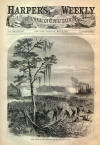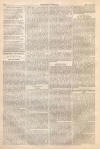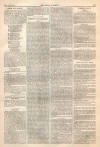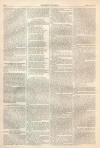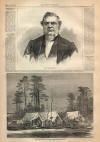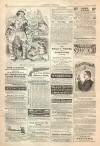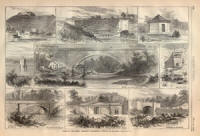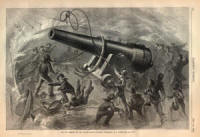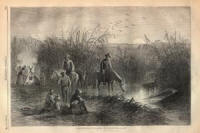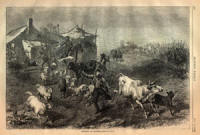General Sheridan
|
|
This Site:
|
MAY 14, 1864.] HARPER'S WEEKLY. 309 SHAKESPEARE AND SCHILLER.THE TWO POETS.APRIL 23, 1864. SHAKESPEARE. GRAMERCY! what a night for stalking deer ! My kingdom for a— Hold! what have we here? A head of Schiller? Phoebus! can it be Schiller in Central Park ahead of me ? SCHILLER. Goodden, good Shakespeare, Guten Abend—long Have I thy coming waited, Prince of Song, Guarding the snowy flocks that round me throng. SHAKESPEARE. What flocks, 0 Schiller !—cujum pecus?—say Whose errant sheep into thy pasture stray? SCHILLER. No errant sheep ; but the white birds that yon The lakelet's placid bosom rest upon, And are to mankind thy comparison SHAKESPEARE. 0 faithful Schiller ! who, by lake and river, My truant swans thus unto me deliver, Half of my white-necked flock be thine, forever! MAJOR-GENERAL SHERIDAN.MAJOR-GENERAL PHILIP HENRY SHERIDAN, commander of the Cavalry Corps of the Army of the Potomac, whose portrait we give below, was born of Irish parentage in Perry County, Ohio, in 1831. He was appointed to a cadetship at West Point in 1848, and graduated there in June, 1853. In the same year he was appointed Brevet Second Lieutenant in the First United States Infantry, and ordered to duty at Fort Duncan, Texas, where lie remained about two years. Early in 1855 he was promoted to a Second Lieutenancy in the Fourth United States Infantry. In July of that year he went to California in charge of a body of recruits, and was appointed to the command of the escort of Lieutenant WILLIAMSON, engaged in surveying a route for a proposed branch of the Pacific Railroad from San Francisco to the Columbia River, Oregon. Detached at Vancouver's Island, in September, 1855, he was assigned to a command of a body of dragoons which accompanied Major RAINE'S expedition against the Yakima Indians. In an engagement with them, April 28, 1856, Lieutenant SHERIDAN acquitted himself so gallantly as to be mentioned in general orders. In May, 1856, he was in command of the Indian Reservation in the Coast Range of Mountains. In 1857 he received the compliments of General SCOTT, then General-in-Chief, for bringing about an adjustment of a difficulty with the Coquille Indians. Later in the same year he erected a military post at Yamhill, on the Indian Reservation. On the 14th of March, 1861, he was promoted to a Captaincy in the Thirteenth Infantry, and from that position gradually advanced until June, 1862, when he became commander of the Second Brigade of the Cavalry Division, Army of the Mississippi, having served with great gallantry in some of the heaviest engagements in the Southwest. In July, 1862, he defeated the rebel General CHALMERS be- fore Corinth, and was at once promoted to the grade of Brigadier-General, and given a stronger command ; being assigned, in October of that year, to the command of the Eleventh Division of the Army of the Ohio, accompanying General BUELL in his advance upon BRAGG, and participating in the battle of Perryville, where he held the key of the Federal position, and repulsed two desperate charges of the rebels. General SHERIDAN was in command of a division at the battle of Stone River, and distinguished himself in a most remarkable manner, for which, on the special recommendation of General ROSECRANS, he was made a Major-General, December 31, 1862, his appointment receiving the con- firmation of the Senate, March, 1863. In the battles of Chicamauga and Mission Ridge he won fresh laurels ; and in his present position he will no doubt fully maintain his already exalted reputation. General SHERIDAN is under the medium height, but is robustly built, and is full of life and energy. He knows more about the various fields of action than any one of his associates. Like the lamented KEARNEY, he makes all his leading reconnoissances in person. He informs himself thoroughly on all the topographical features of the hostile country through which he marches, and all the resources of the enemy. He is never taken by surprise. The wants of his soldiers are always amply pro vided for. Hence, wherever he leads his men are sure to follow, confident alike in his courage, in his discretion, and his sympathy in all their needs. GENERAL THOMAS E. GREENFIELD RANSOM.whose portrait we give on this page, was seriously wounded in the battle at Sabine Cross Roads, Louisiana, on the 8th of April. He was born in Norwich, Windsor county, Vermont, on November 29, 1835. He is the son of Colonel RANSOM, who fell at Chapultepec, September, 1847. General RANSOM entered the service as Captain of the Eleventh Illinois Volunteers on April 26, 1861, and became Major in May, and Lieutenant-Colonel in July of the same year. He was stationed at Cairo, and afterward at Charleston, Missouri, where he was wounded. During January, 1862, he removed to Paducah, to take part in the reconnoissance, under General GRANT, into Western Kentucky, to the rear of Columbus. He next took part in the movement upon Fort Henry and the contests before Fort Donelson, where he was again wounded, commanding his regiment on both occasions. In February he was promoted to the Colonelcy, in place of W. H. L. WALLACE, appointed Brigadier-General. He participated in the battle of Shiloh, where he was a third time wounded, and afterward assisted in guarding the Memphis and Charleston Railroad. On November 29, 1862, lie was commissioned a Brigadier-General of Volunteers, and confirmed on March 9, 1863. During the latter month he formed one of the examining board of officers for the Seventeenth Army Corps. He was next placed in command of the First Brigade of the Sixth Division of that corps, and took a prominent part in the siege operations of Vicksburg, gaining great distinction, his brigade forming part of the force selected to occupy the city after the surrender. He was next placed in command of the post at Natchez, from which he was relieved during September, 1863, and ordered to the Department of the Gulf. There he has shown the highest soldierly capacities, distinguishing himself especially by his gallantry at Sabine Cross Roads, where he was wounded for the fourth time while standing among the guns of one of our batteries. THE WASHINGTON AQUEDUCT.WE give on page 308 a series of views of the WASHINGTON AQUEDUCT, at Washington, District of Columbia. The first of the series represents the high Service Reservoir at Georgetown. The next shows the handsome Bridge over Rock Creek, on Pennsylvania Avenue, the water being conveyed in the pipes which form the arch of the bridge. The octagonal building is the Gate-house of the Receiving Reservoir; the Sluice-well or Tower regulates the flow of water from the receiving reservoir. The Bridge over Cabin John Run, a muddy stream, is a splendid piece of masonry, with an arch of 220 feet span. The Waste Weir, as its name implies, is a drain for the aqueduct. The Griffith Park Bridge is a dry arch over a ravine. The Gate-house, at the head of the aqueduct, is a triumph of engineering and a handsome building. The last sketch, the Entrance to the Aqueduct, describes itself. The Washington Aqueduct was built by the Unit- (next page) MAJOR-GENERAL PHILIP HENRY SHERIDAN.—PHOTOGRAPHED BY ANTHONY.]GENERAL THOMAS E. GREENFIELD RANSOM.—[PHOTOGRAPHED BY BRADY.] 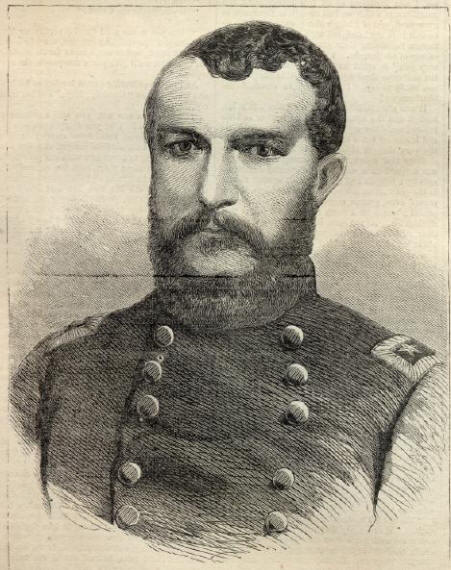 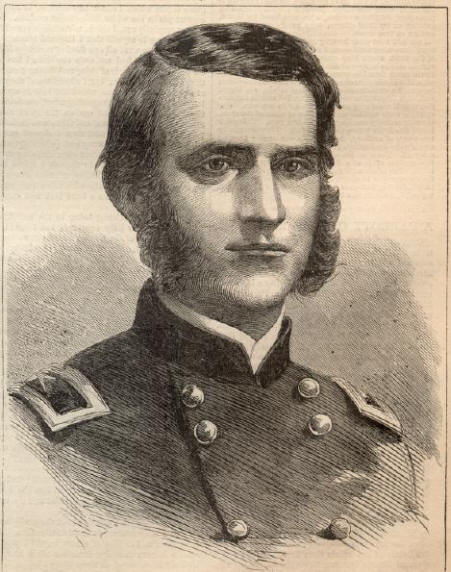 |
||||||||||||||||||||
|
|
||
|
|
Site Copyright 2003-2018 Son of the South. For Questions or comments about this collection, contact paul@sonofthesouth.net |
|
|
Are you Scared and Confused? Read My Snake Story, a story of hope and encouragement, to help you face your fears. |
||
